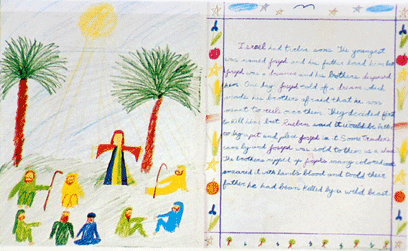 Developmental Profile of an Third Grade Child*
Developmental Profile of an Third Grade Child*
Noticeable physiological, psychological and cognitive changes take place in the child this year. The nine/ten year threshold represents a very significant step in self-awareness. Children realize they are separate from their surroundings and meet the world as individuals, often resulting in increased questions, self-doubt and wonder.
A process begins to unfold through which the child experiences, with increasing strength, a sense of objectivity alongside growing subjectivity. Subjective inner experiences and objective world reality stand at odds within the child’s soul. Questioning, doubt, aloneness and a dawning tendency to criticize are emergent feature in the child’s psychological landscape.
Educational Experience
In this period the child empathizes with ancient Hebrew stories of the Old Testament, the fall from Eden and man’s first struggles to live in social groups on the earth. At this age, children are very interested in the origin of things.
They want to discover new ways of doing things in the world and imagine themselves in very primitive conditions. The practical life is taken up in studies of house building, farming, gardening, cooking and finding out about the jobs people do.
|
History/Social Studies
|
Ancient Hebrew stories as part of ancient history and Native American. |
|
Literature
|
Multi-cultural creation stories, poetry, Native American stories. |
|
English and Grammar
|
Simple grammar and writing; phonetic reading skills, short compositions. |
|
Foreign Language
|
Seasons, colors, months, etc. |
|
Geography
|
House building, farming, clothing. |
|
Sciences
|
Building Materials, farm life, food production. |
|
Mathematics
|
Measurement, carrying and borrowing, primes, multiplication, division, telling time, fractions, money, basic geometric relationships. |
|
Music
|
The octave in song and recorder; notation; lyre. |
|
Drawing
|
Form drawing. |
|
Painting
|
Luster colors; interaction of color. |
|
Handwork
|
Crochet. |
|
Modeling
|
Beeswax: scenes from main lesson work. |
|
Eurythmy
|
Social exercises; C major scale; poems; major and minor. |
|
Physical Education
|
Ring games, line games, work games and songs; dodge ball. |
* The Educational Tasks and Content of the Steiner Waldorf Curriculum, Edited by Martyn Rawson and Tobias Ritcher



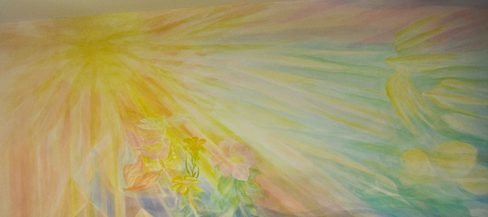
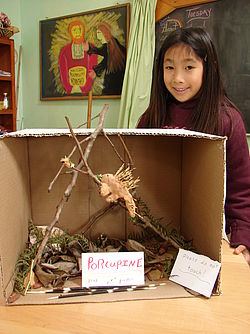 Developmental Profile of an Fourth Grade Child*
Developmental Profile of an Fourth Grade Child*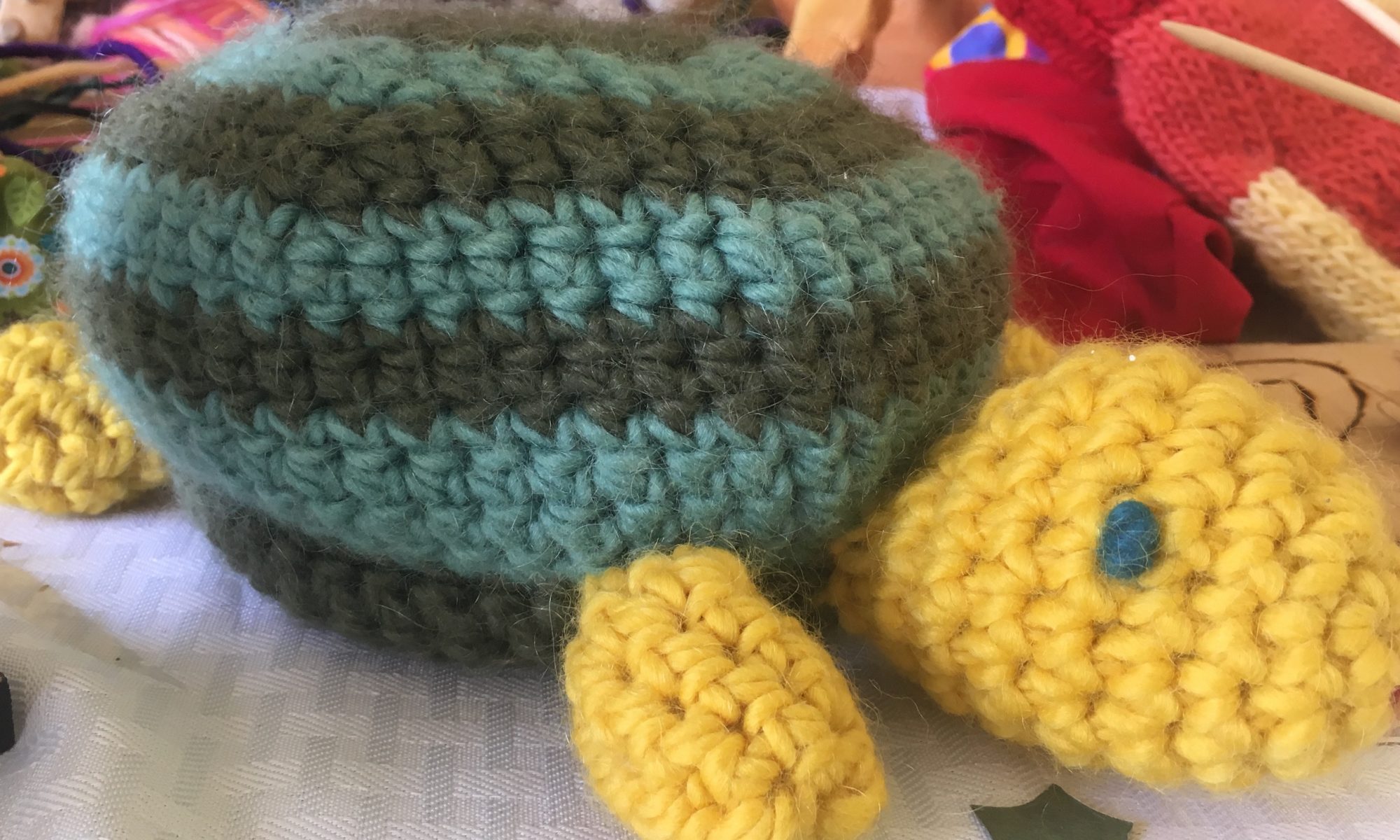
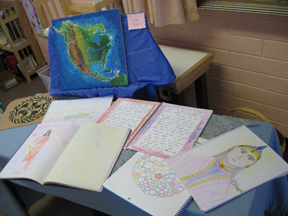 Developmental Profile of an Fifth Grade Child*
Developmental Profile of an Fifth Grade Child*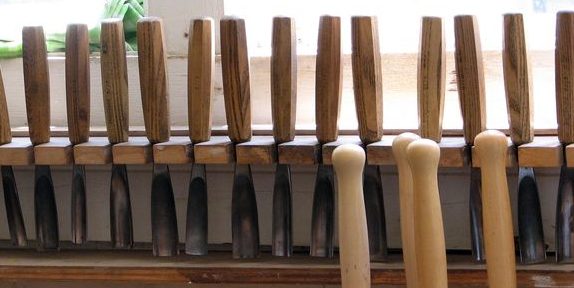
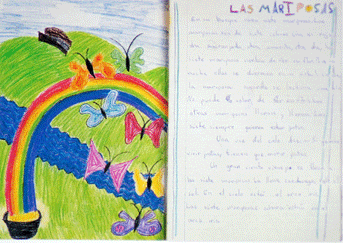 Developmental Profile of an Sixth Grade Child*
Developmental Profile of an Sixth Grade Child*
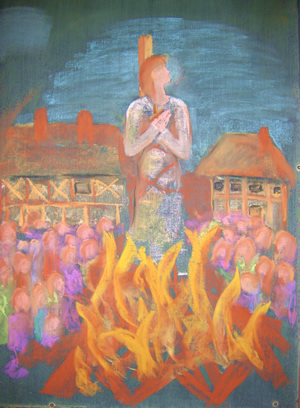 Developmental Profile of an Seventh Grade Child*
Developmental Profile of an Seventh Grade Child*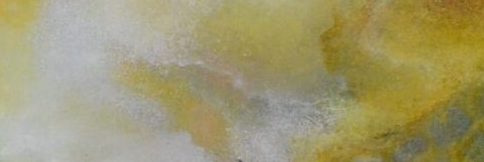
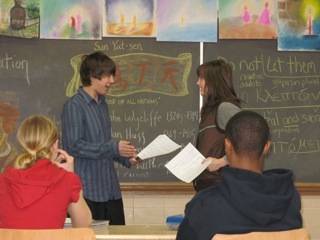 Developmental Profile of an Eighth Grade Child*
Developmental Profile of an Eighth Grade Child*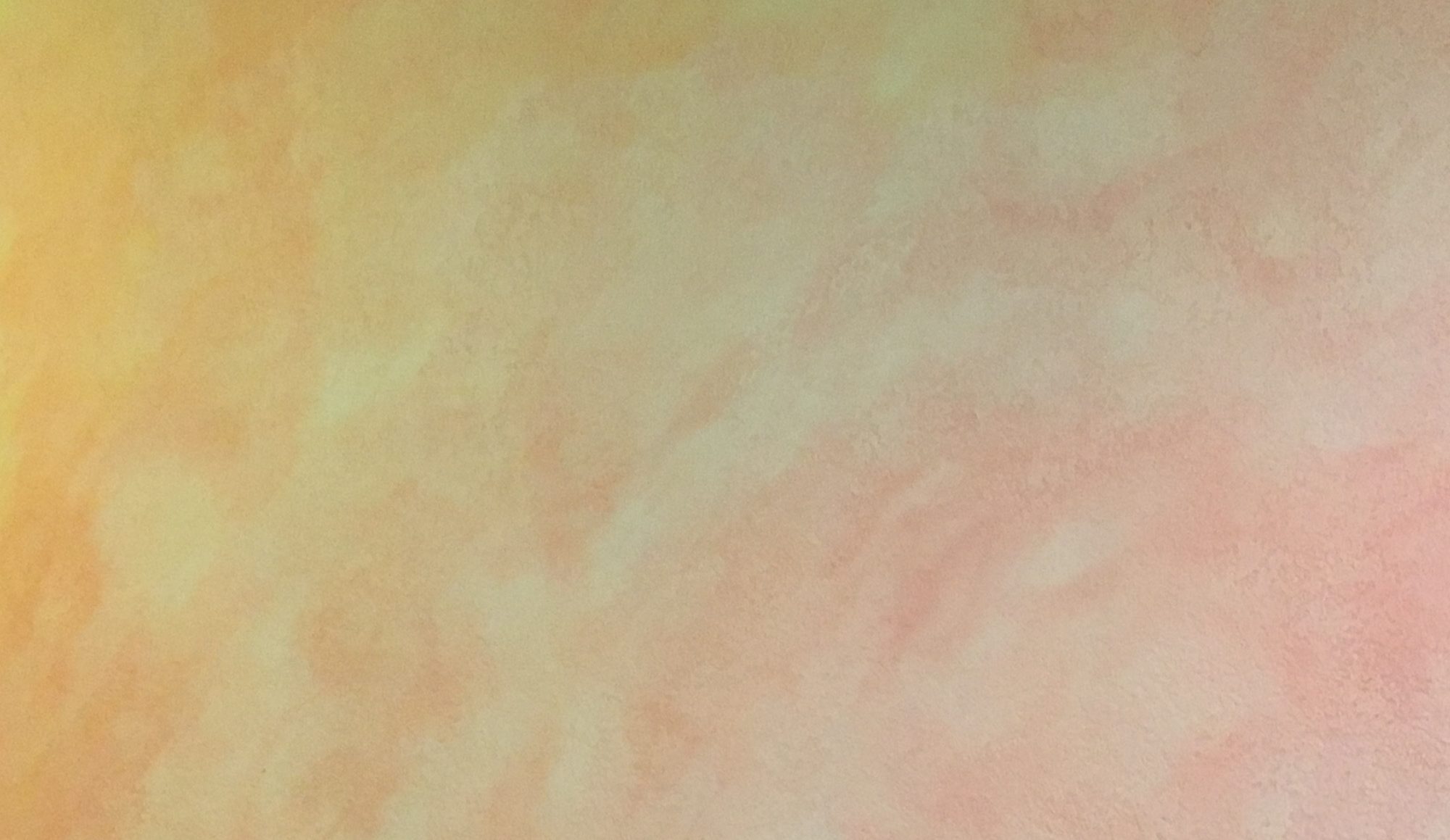
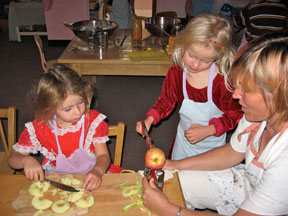 Developmental Profile of a Second Grade Child*
Developmental Profile of a Second Grade Child*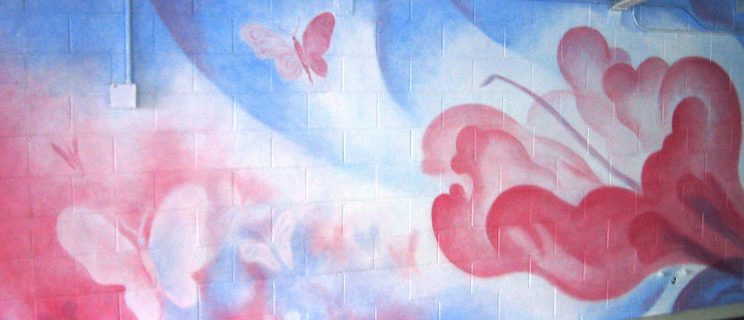
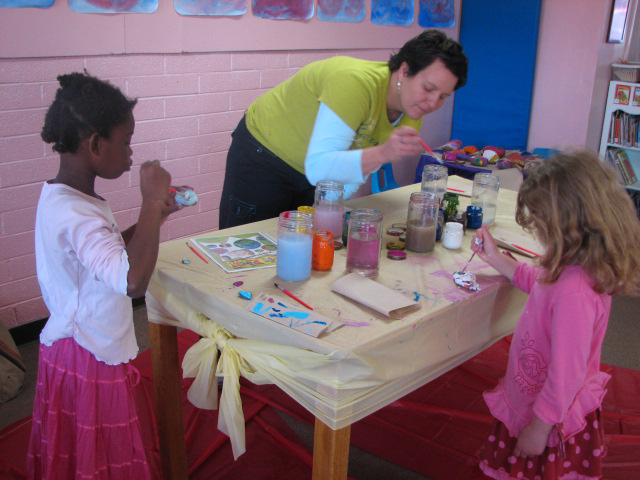 Developmental Profile of a Grade 1 Child*
Developmental Profile of a Grade 1 Child*
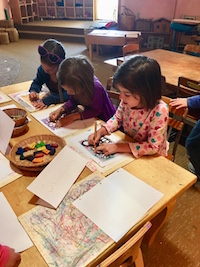

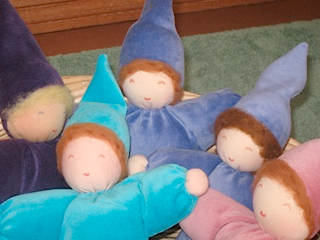 Mountain Oak School Preschool offers wonderful adventures as children and teachers explore new territories. In early childhood (until about age 7), children are deeply affected and shaped by impressions of the people and environment around them, and learn primarily through imitation. Our teachers provide their students with examples of goodness that are worthy of imitation, in a warm, protected and beautiful setting.
Mountain Oak School Preschool offers wonderful adventures as children and teachers explore new territories. In early childhood (until about age 7), children are deeply affected and shaped by impressions of the people and environment around them, and learn primarily through imitation. Our teachers provide their students with examples of goodness that are worthy of imitation, in a warm, protected and beautiful setting.